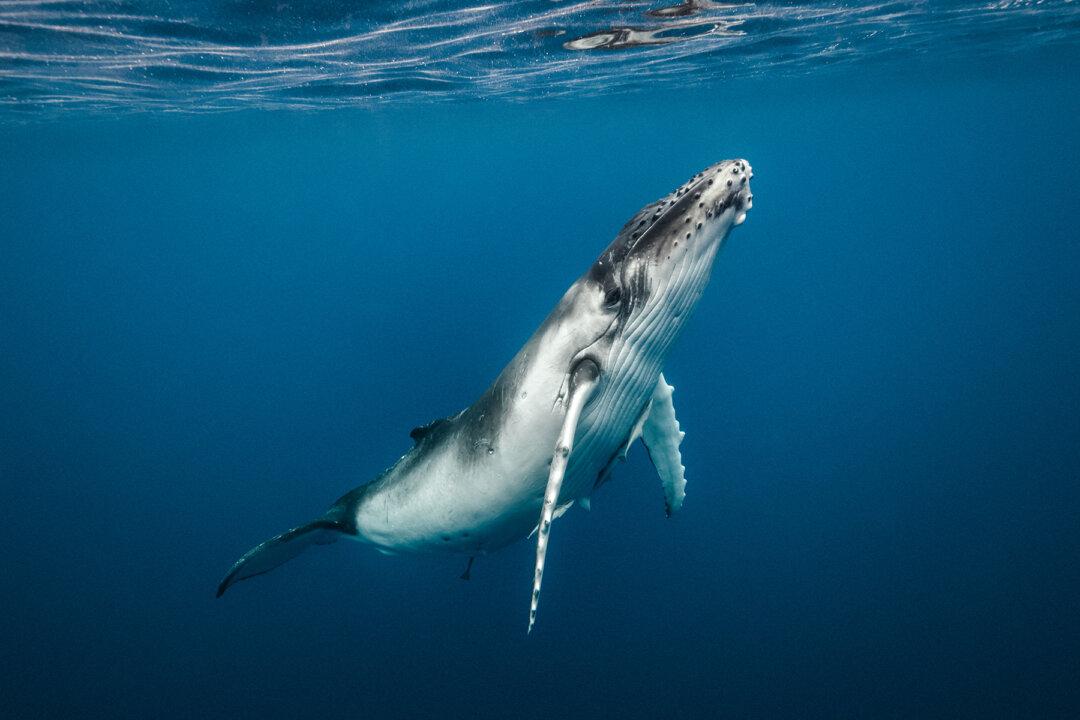A woman was spotted floating on a surfboard near Santa Cruz, California.
However, according to a viral video, she almost ended up on the lunch menu after two humpback whales emerged next to her.


A woman was spotted floating on a surfboard near Santa Cruz, California.
However, according to a viral video, she almost ended up on the lunch menu after two humpback whales emerged next to her.